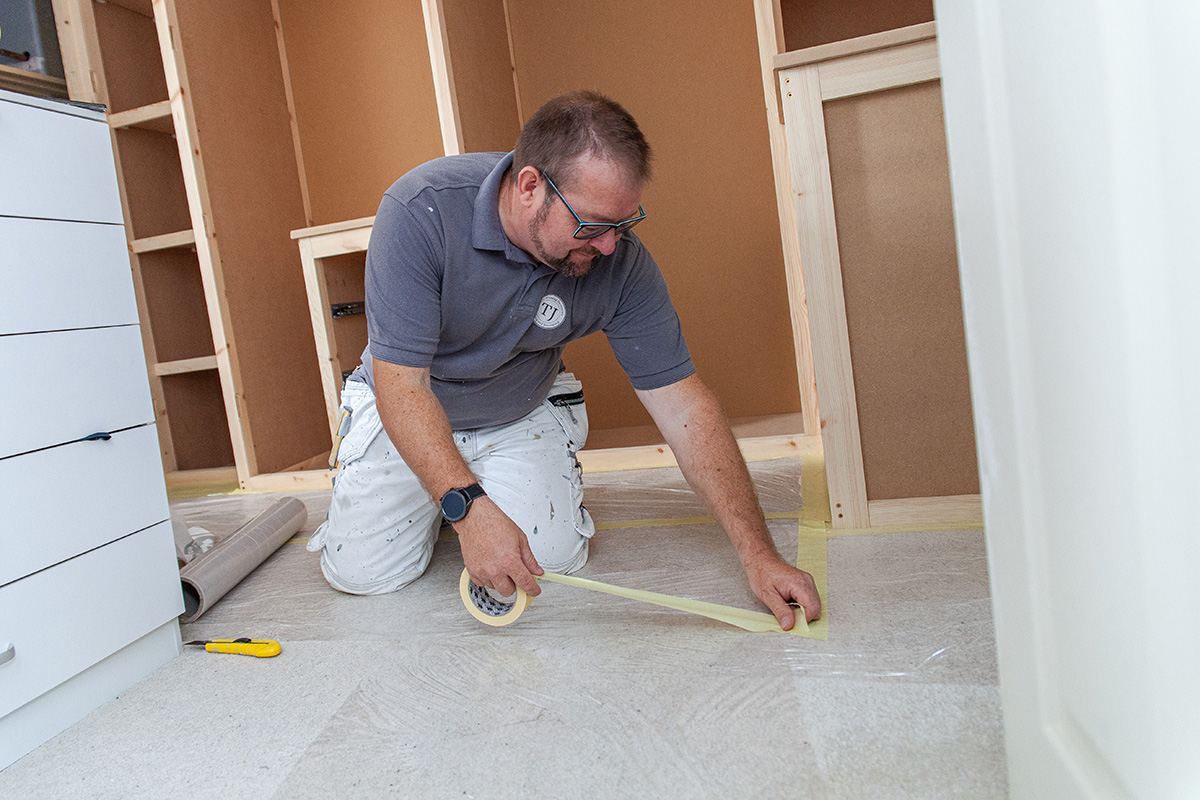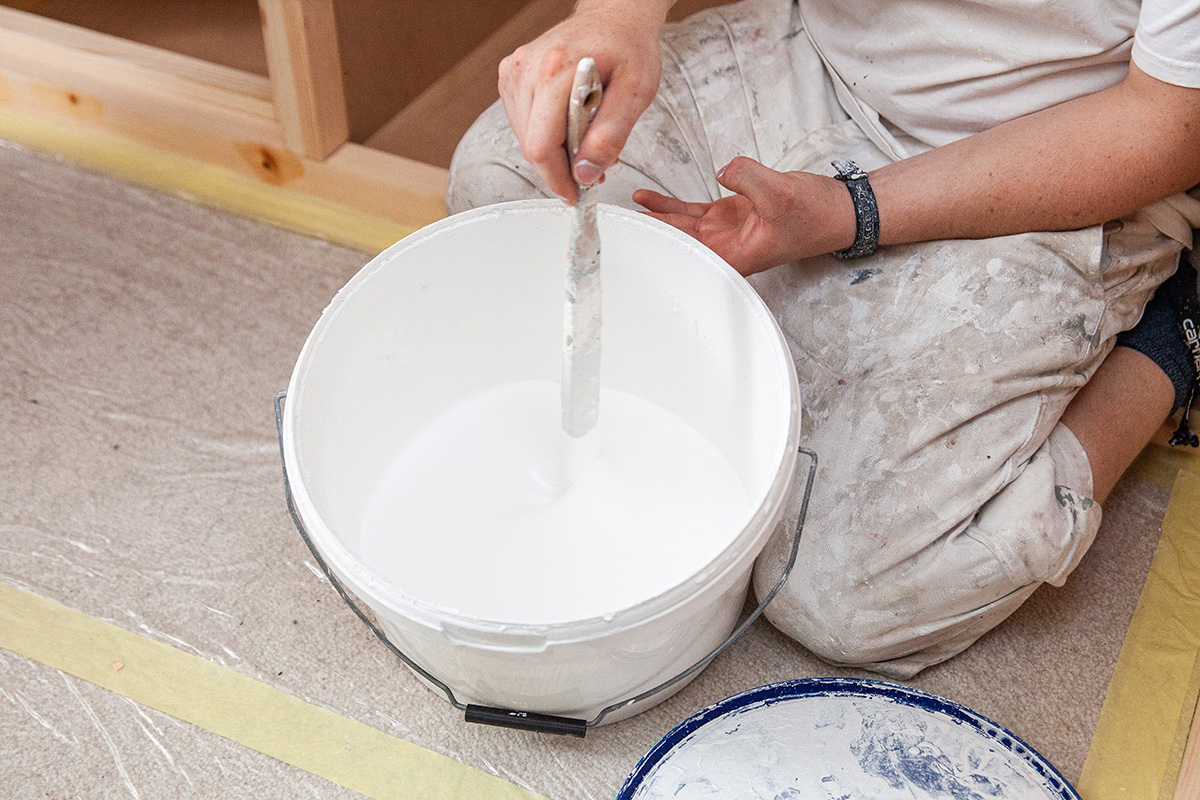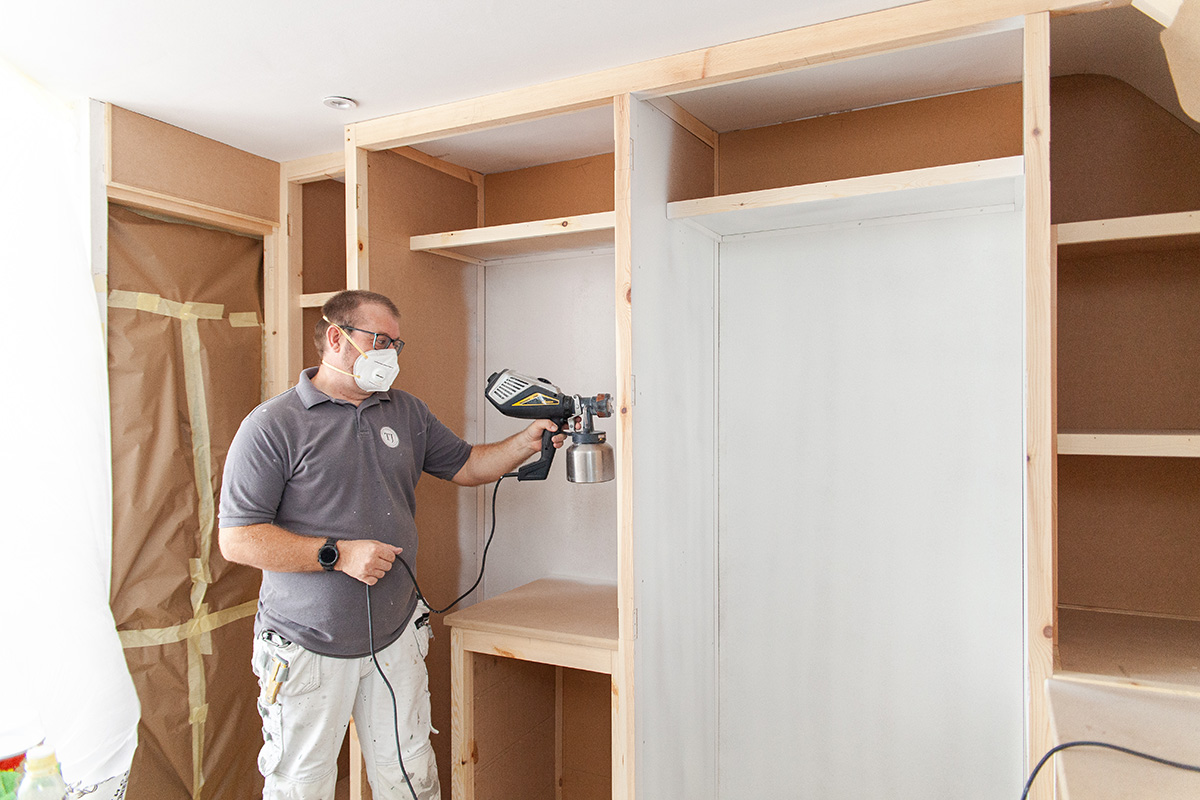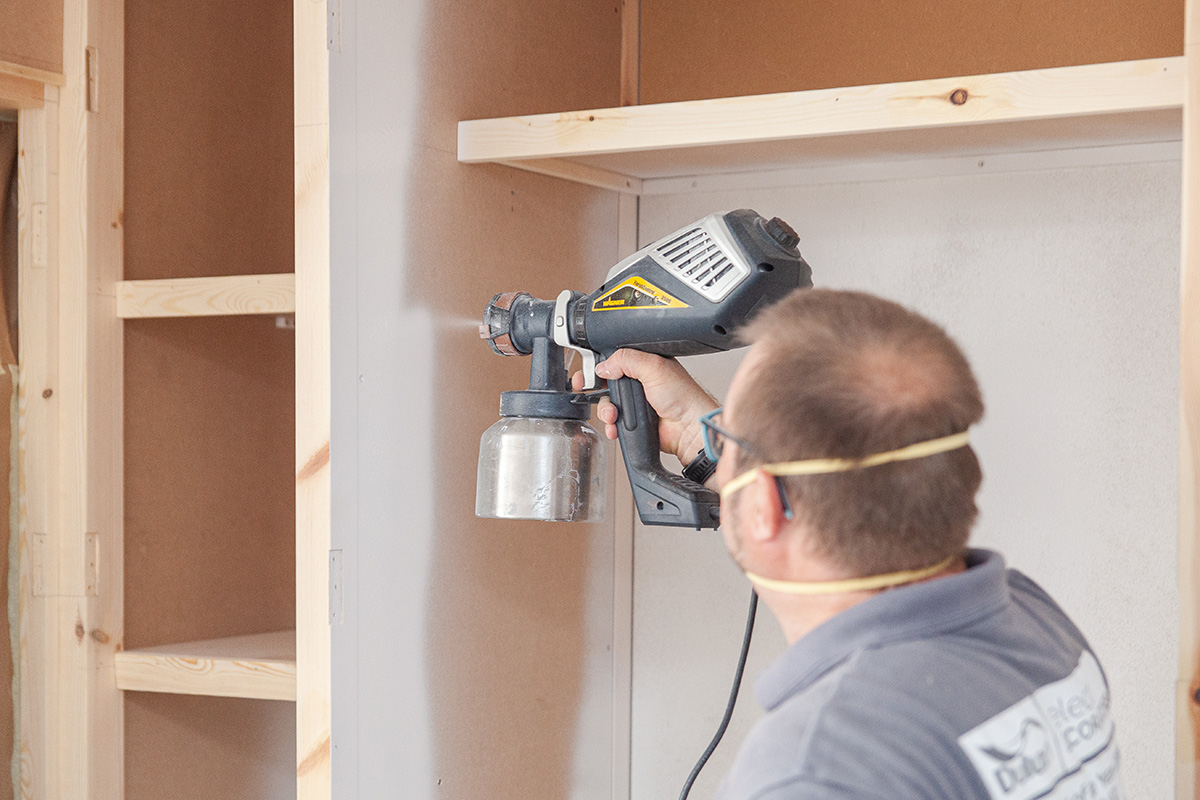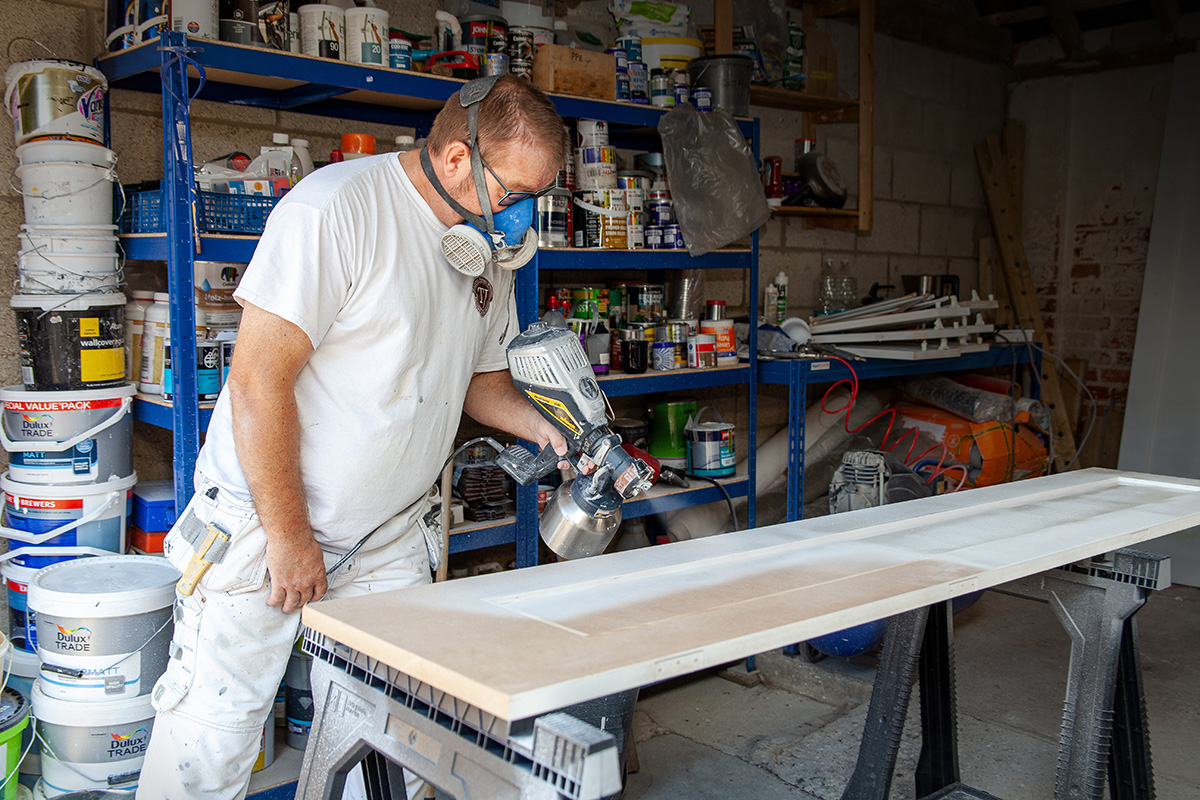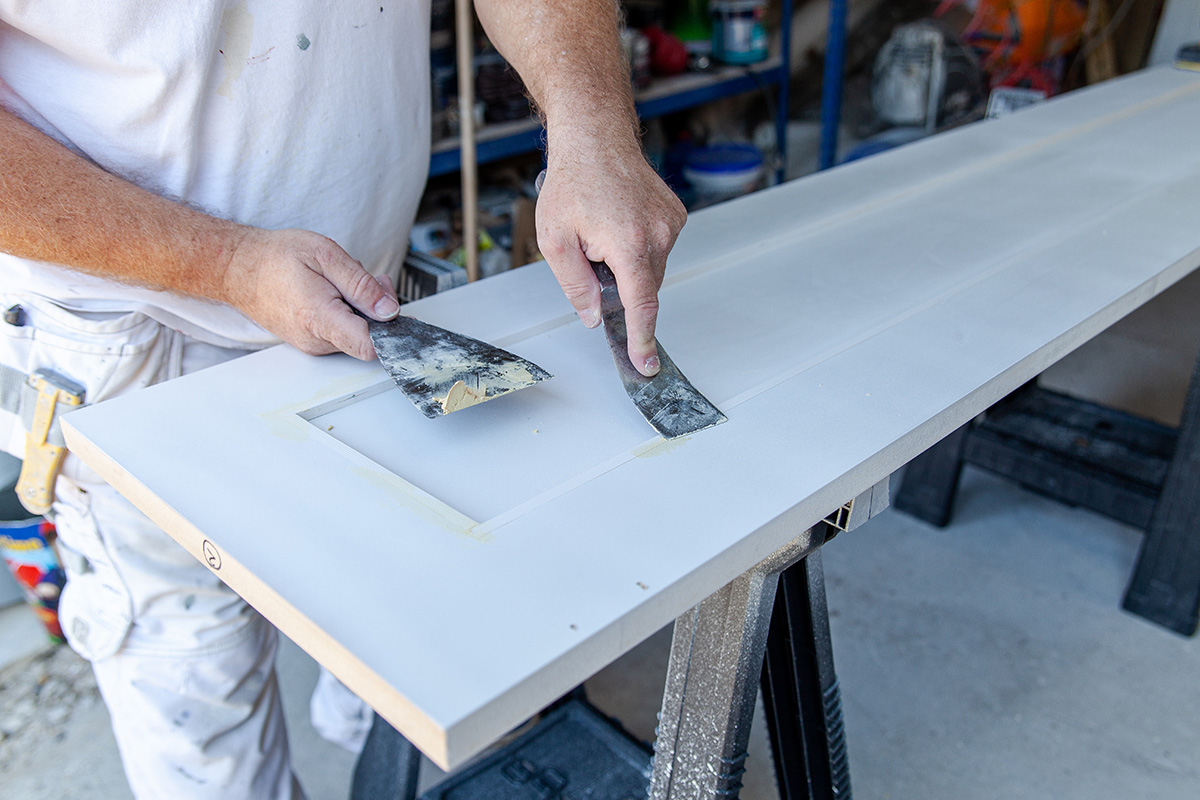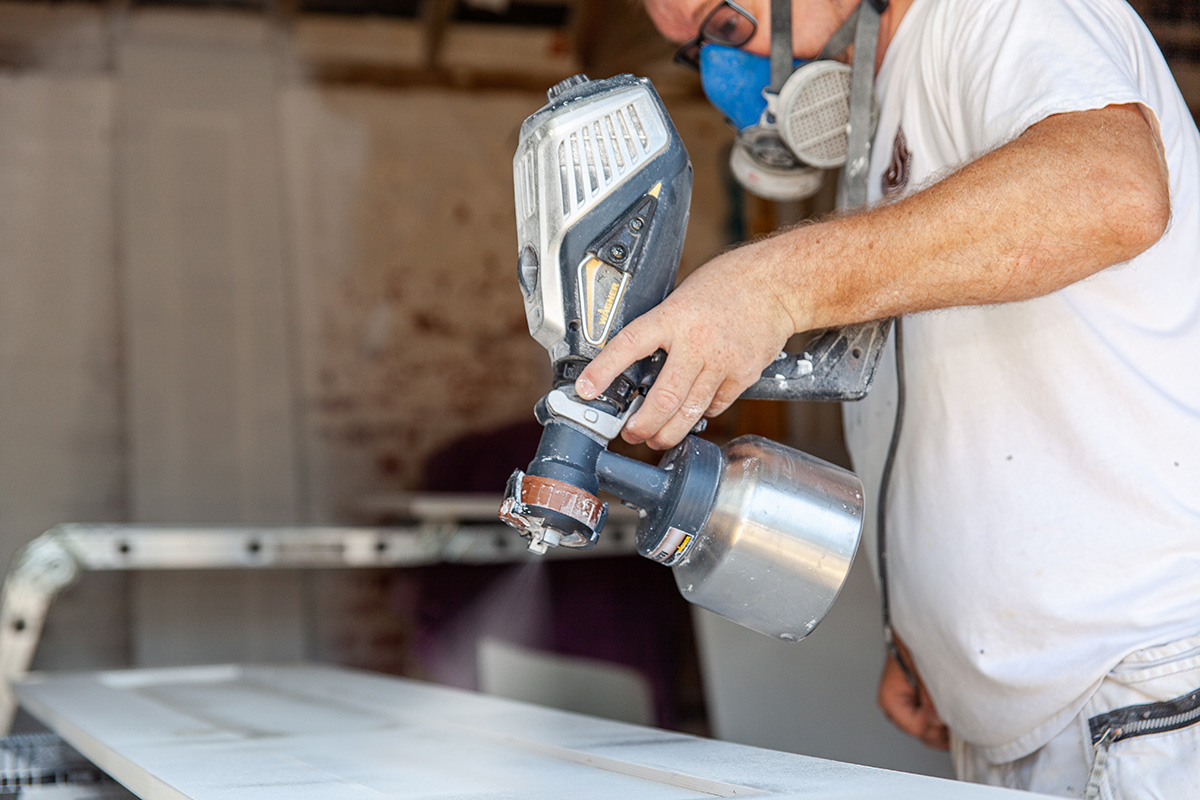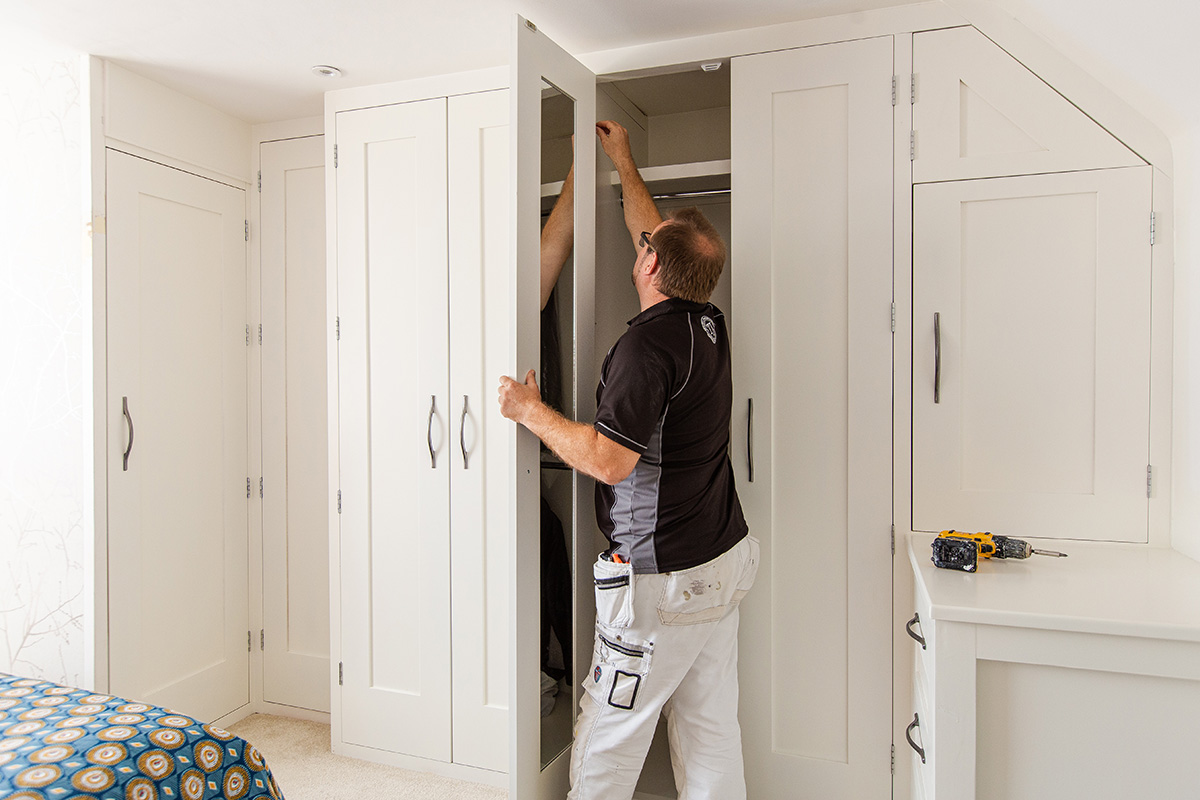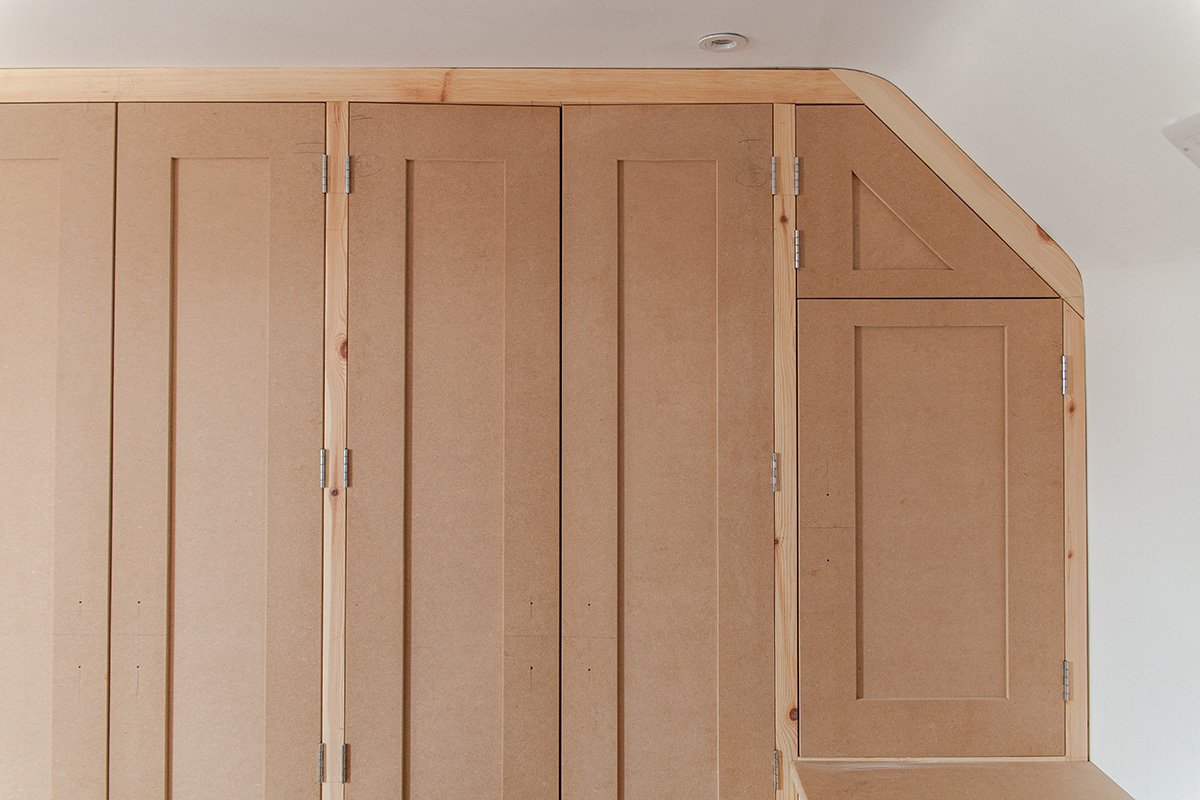Whether new or old, built-in or free-standing, made from wood, MDF or metal, these cupboards have one thing in common: the surface needs protecting with a coat of paint. Many customers prefer to ask their trusted painter & decorator for an estimate on the cost of a fresh coat of paint. Particularly before spending money on new cupboards and investing a lot of time in dismantling and reassembling them. Especially if the customer has grown fond of the cupboards because they fit perfectly with the rest of the furniture. Also, painting cupboards is a job that most customers like to leave to a professional, because with furniture like wooden cupboards it is important to achieve a perfect finish when they are painted.
- Do-it-yourself Do-it-yourself
- Contractor Contractor
- Industry Industry
- Company
- Contact




